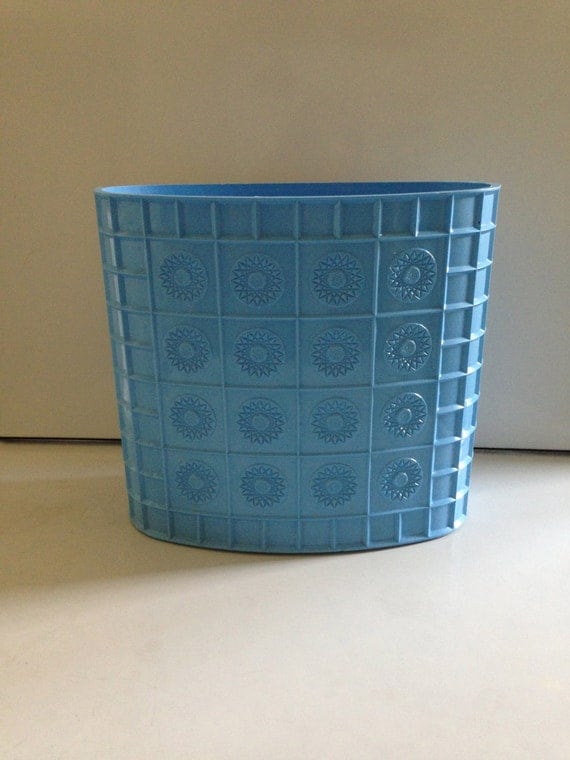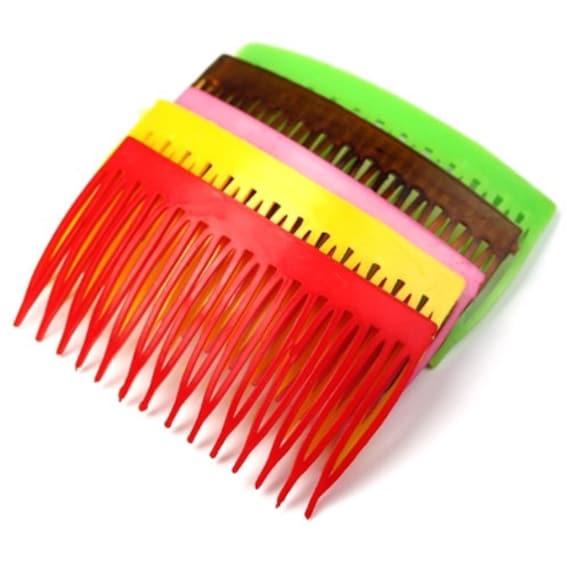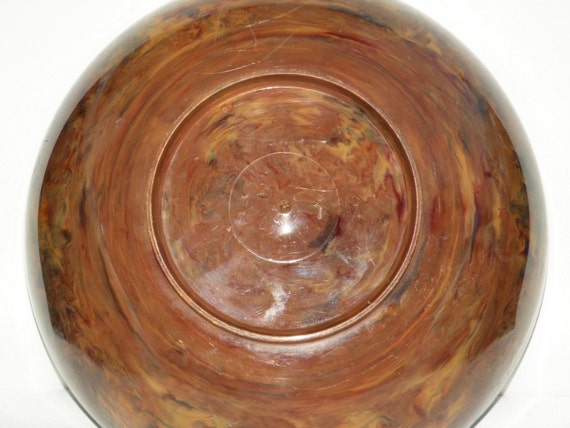 This is the ariel tour of the Boonton factory as seen in some old memorabilia , an actual black and white brochure from many moons ago, originally I had inherited from Derek Schultz, a fellow collector. And so I left a festival in New Jersey I was working with my husband selling BBQ to shoot over to Boonton...
This is the ariel tour of the Boonton factory as seen in some old memorabilia , an actual black and white brochure from many moons ago, originally I had inherited from Derek Schultz, a fellow collector. And so I left a festival in New Jersey I was working with my husband selling BBQ to shoot over to Boonton...Boonton, the makers of Boontonware melmac, in case you don't know what I'm talking about here are some images:
This vintage set can be had for $96 at ColorMeNew
So Now I present to you: THE BOONTON FACTORY!

Although hard to see, this door on left with steps is marked 326 above it, and therefore, the exact address of Scribner's Boonton factory!
Boonton Molding Company
326 Myrtle Avenue
Boonton, NJ
First, I must apologize for the graphics on this page. At the time, I was working in Hunterdon, NJ and decided to take a ride to Boonton. This was possibly 2009-2010 or earlier. I had a crappy flip phone and originally posted this on an old Verizon site, that is long gone. I barely managed to migrate the old photos in time. I tried to do some updated in 2018 for you from Google.

Same building as above, but the small door under the red light, was the entrance to Boontonware Factory. The building is extremely LONG...
This was basically part of the pictures I took, although easier here to see from Google.
At the time of my visit the buildings in question belonged to Dauphin (326 Myrtle) and Carbone (400 Myrtle). The way in which the buildings were so close made me wonder if they could have both been used by Boonton at one time, however, I later found reference that Carbone resided at 400 Myrtle back in 1957 so that is unlikely, perhaps further investigation though the Boonton Historical Society or old records would confirm or deny if originally in the 40's Boonton had that building.
The first thing I want to explain is that when I originally thought of a big factory, I thought I'd find something like that old plant of the Solvay Factory in upstate New York. You would assume you'd see big industrial buildings, many stories and chimneys, towers, and industrial looking outsides. Not so, this far all the old sites for melmac factories I've been to have been long warehouses. I was lucky enough to have a paper guide, thanks to the late and great Derek Schultz, who left me a guide to the Boontonware plant, Derek spent many years in Jersey and was privy to many factory tours and behind the scenes time with the people in charge doing research on Boonton. Curiously peaked me to visit, and I did some ride by's of the existing building that compromise now 300 to 400 Myrtle .......
Just to get an idea, (much like the paper brochure) just how large this conglomerate is, you have to see it from the ariel view......
 Here is an ariel view of the Boontonware address "326 Myrtle Avenue."
Here is an ariel view of the Boontonware address "326 Myrtle Avenue."The original factory address says it was at 326 Myrtle Avenue. I will explain in another post more about the inception of the factory, as George K. Scribner started up the factory in a tiny corner of another factory perhaps "allotment of space" or sharing space.
From what I've learned, the plastics were an accidental addition and Boontonware dishes date back to 1946 based on my research! By 1955, Boontonware would be turning out 70,000 pieces of dinnerware an hour. That's a lot of dishes. Wow!

This would have been the site of the original Boontonware Melmac Factory
building
At the time of my visit, the Dauphin building, however as of 2018 I see them listed in Montville, so I don't know, I hope to get there again with clearer photos.
Back shots of the buildings encompassing 326-400 Myrtle.As we know the 400 block was Carbone, and as of 1957 was not part of Boonton Molding , but perhaps I will include them in case someday I find out they were indeed leased by Boonton back in the day............Back shots.......


Boonton Factory or Not?
Behind Carbone, you can see where the old glass windows of an old
factory type building
still stand and I am unsure which is Carbone's and which belonged to .Boonton Molding.
More pics of Carbone (the neighbor) at the time of my visit:
Carbone is still housing this area as of November 2018.
Mind
you, this is technically marked 400 Myrtle Avenue.
Boonton Historical Society had a "tent sale" celebrating Boonton's presence in the neighborhood for 57 years. See the article here: daily record
You can continue onto
Further Information:
Circa 1970's : Boontonware was now a division of PYAH INDUSTRIES.
BOONTON MOLDING CO., INC.,BOONTONWARE DIV. OF PYAH INDUSTRIES 301 Myrtle Ave.Boonton Historical Society had a "tent sale" celebrating Boonton's presence in the neighborhood for 57 years. See the article here: daily record
You can continue onto
Continue to : Boonton Melmac Factory Tour Part 2 Here










